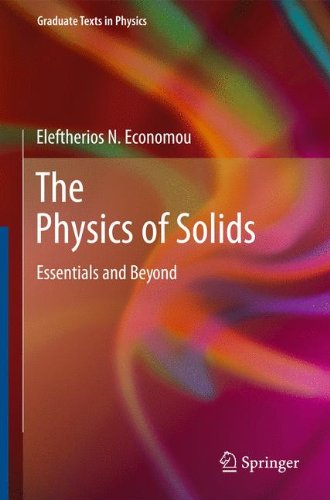

Most ebook files are in PDF format, so you can easily read them using various software such as Foxit Reader or directly on the Google Chrome browser.
Some ebook files are released by publishers in other formats such as .awz, .mobi, .epub, .fb2, etc. You may need to install specific software to read these formats on mobile/PC, such as Calibre.
Please read the tutorial at this link: https://ebookbell.com/faq
We offer FREE conversion to the popular formats you request; however, this may take some time. Therefore, right after payment, please email us, and we will try to provide the service as quickly as possible.
For some exceptional file formats or broken links (if any), please refrain from opening any disputes. Instead, email us first, and we will try to assist within a maximum of 6 hours.
EbookBell Team

4.1
30 reviewsThis textbook emphasizes a few fundamental principles and extracts from them a wealth of information. This approach also unifies an enormous and diverse subject which seems to consist of too many disjoint pieces. The book starts with the absolute minimum of formal tools, emphasizes the basic principles, and employs physical reasoning (" a little thinking and imagination" to quote R. Feynman) to obtain results. Continuous comparison with experimental data leads naturally to a gradual refinement of the concepts and to more sophisticated methods. After the initial overview with an emphasis on the physical concepts and the derivation of results by dimensional analysis, The Physics of Solids deals with the Jellium Model (JM) and the Linear Combination of Atomic Orbitals (LCAO) approaches to solids and introduces the basic concepts and information regarding metals and semiconductors. The remainder, constituting enrichment and elective material, re-examines the model under more realistic assumptions as well as new, more advanced subjects. While prerequisites include quantum mechanics, electromagnetism, and statistical physics, appendices summarizing these subjects are included to make the book more self-contained. The basic text is enhanced with worked problems, copious illustrations, chapter-end exercises and summaries. The approach, which emphasizes the underlying physical concepts, unifies to some extent a subject that can seem too diverse and consisting of too many disjoint pieces, requires from students less memorizing of facts and formalisms but more thinking.